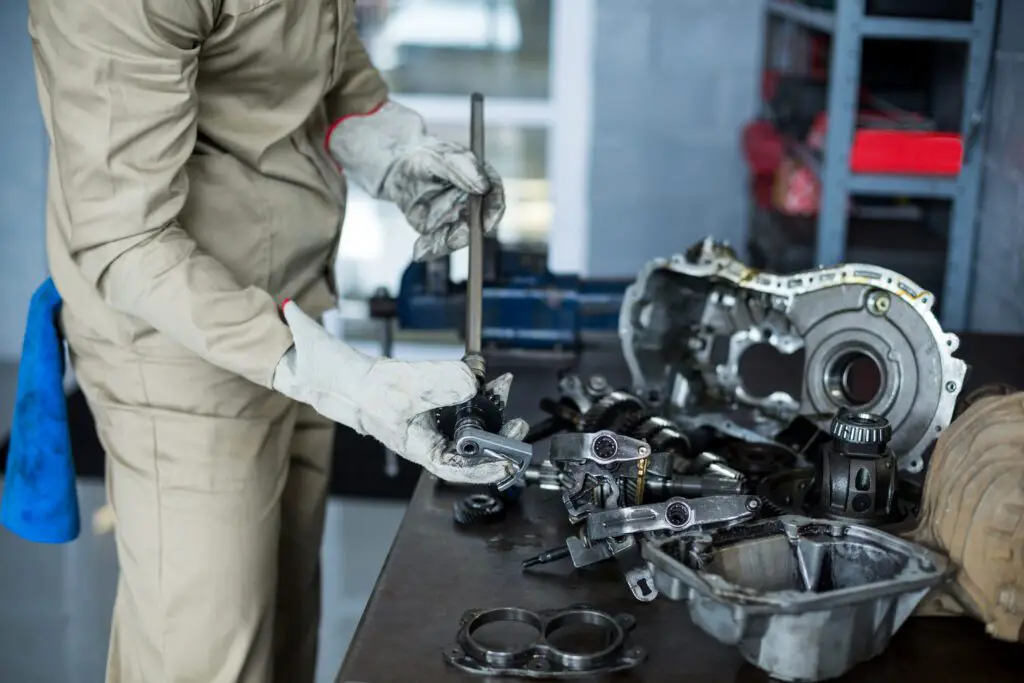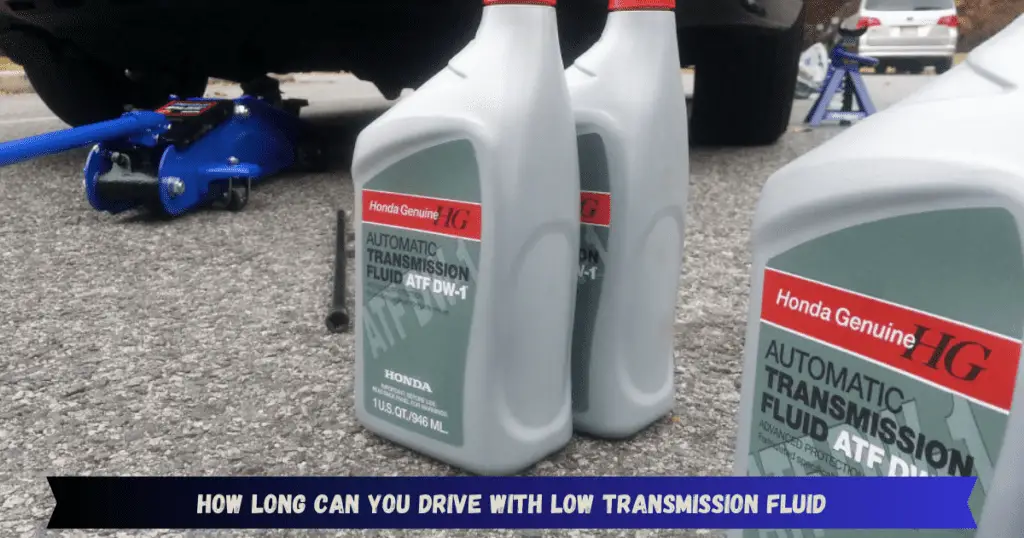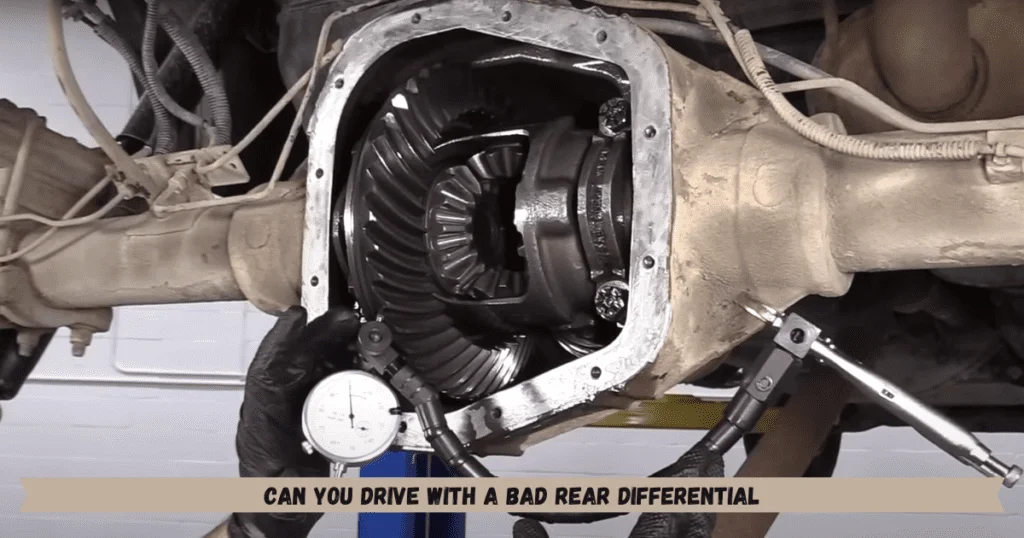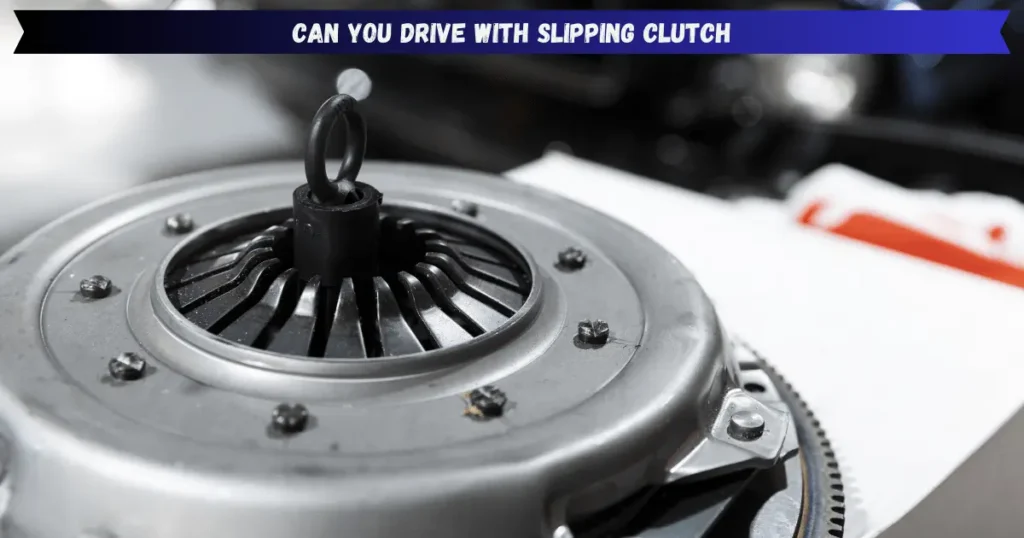Having your manual transmission become immovably locked in a single gear can bring driving to a halt. But understanding the intricacies of why manual transmission is stuck in gear reveals how to get it unstuck.
This in-depth article will cover:
- Common causes of manual transmissions getting stuck in gear
- Symptoms that indicate a stuck gearbox issue
- Which gears most frequently become jammed
- Step-by-step troubleshooting tips to isolate the failure
- DIY fixes to free up stuck shifters and gears
- When professional repair is necessary
- Cost estimates for various repairs
- Steps to prevent recurring shifter sticking
- FAQs about manually moving stuck gears
Methodically diagnosing what is keeping your manual transmission obstinately locked in position will guide you in releasing it safely or seeking proper repairs. Let’s closely explore how to get your Manual transmission stuck in the radio roomgear shifter moving freely again.
What Causes a Manual Transmission Stuck in Gear?
The most common sources of a locked transmission shifter or gear include:
Insufficient Lubrication – Low transmission fluid levels or reduced viscosity from clutch material contamination in the gear oil decreases lubrication. This greatly increases friction and drag inside the gearbox, which can lock gears. Even slightly low fluid keeps synchronizers from fully engaging.
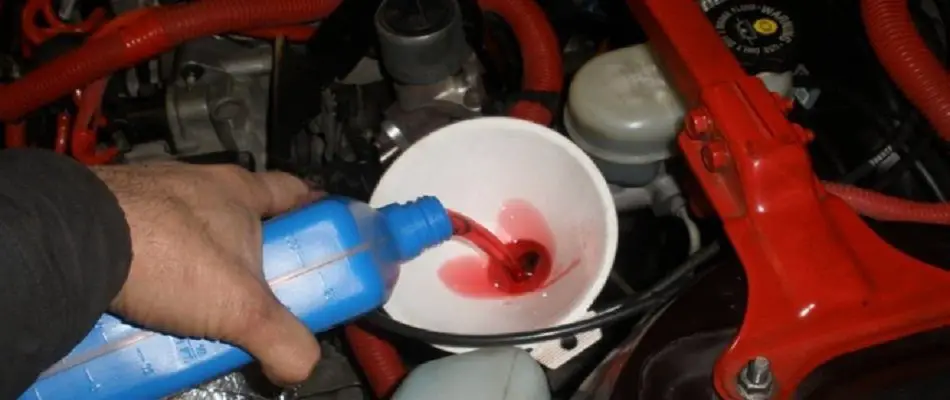
Worn Shift Forks – Excess play and sloppiness in the shift fork pivots, contact patches, and engagement grooves allow gears to partially engage but then jam tightly on the shift fork leading to stuck gears. Badly worn forks need replacement.
Bent Shift Forks – Physical damage from forced shifting or wear can bend shift forks so they no longer properly align with gear engagement teeth slots. The fork then jams between gear teeth instead of fully seating leading to locked gears.
Detached Shift Fork Pads – The small nylon pads on shift fork ends popping off from age or damaged from contamination allow metal-on-metal contact. This prevents the forks from smoothly engaging gears without jamming.
Faulty Master/Slave Cylinders – Leaking, corroded, or stuck master or slave hydraulic cylinders prevent fluid pressure from fully disengaging the clutch when the pedal is pressed. This leaves transmission gears still engaged and unable to select new gears.
Damaged Synchronizers – Broken, worn blocking rings on synchronizers fail to properly mesh mating gears during shifts. The gears then jam and lock up instead of smoothly engaging the next ratio.
Blocked Clutch Pedal – A clutch pedal that cannot fully return or release due to detachments in linkage return springs, hydraulic fluid leaks, or master/slave cylinder seizure keeps the drivetrain engaged and unable to shift gears.
Understanding the intricacies of what allows gears to become jammed or frozen in place is crucial to making proper repairs and preventing the recurrence of Manual transmission stuck in gear.
Symptoms of a Manual Transmission That is Stuck in Gear
Notice these signs that commonly indicate a gear is stuck and the shifter cannot be moved:
- Shifter refuses to go into any other gear but the locked one
- The gear shift lever feels very loose with excessive play and wobble
- Loud crunching or grinding sounds trying to forcefully jam the shifter into a gear
- Transmission completely unresponsive even with the clutch pedal fully depressed
- Vehicle rolls forward or backward with the ignition off and supposedly locked shifter in gear
- Gear shift lever vibrating heavily in the stuck position
- Burning odor from excessive heat and friction trying to force the shifter
- Sudden jamming as shifter initially seems to engage then tightens up
Take these symptoms as a warning to avoid causing further internal damage. Safely diagnosing the specific root cause is key before attempting to drive the vehicle.
Which Gears Most Often Get Stuck?
The manual transmission is stuck in gear. Some typical gear-jamming patterns include:
1st Gear – Insufficient shifter lever internal play space catches on 1st gear synchronizer rings and teeth not allowing full engagement. Loose shifter components also tend to hang up and lock here more often.
2nd Gear – Synchronizer hub sleeve engagement teeth commonly become misaligned and get caught on 2nd gear blocker teeth as the synchronizer tries to slide across and mesh the gear ratio.
3rd Gear – Incorrect shift rod positioning or detached shift rod joint assemblies are common causes of 3rd gear sticking and refusal to properly engage.
Reverse Gear – The sliding reverse idler gear sleeve or engagement teeth jam tightly on detent balls or gear splines preventing movement.
Higher 4th and 5th gears see less sticking as rotational speeds and lubrication increase at highway speeds. But stubborn jamming can occur in any gear depending on the failure mode.
Step-by-Step Troubleshooting for a Stuck Manual Transmission
Follow this systematic diagnostic process to pinpoint what is anchoring your manual gearshift into place:
- Check clutch pedal feedback – A stuck pedal not fully releasing keeps the transmission locked up and unable to move the shifter. Look for detachments or leaks.
- Inspect the gear shifter linkage – Ensure all cable ends, joints, brackets, levers, etc. are securely attached, not preventing shifter lever movement.
- Confirm sufficient gear oil level – Low or empty fluid allows excess friction reducing lubrication and increasing the potential for sticking gears.
- Gently shift into adjacent gears – If smoothly engaging other gears is possible, the specific stuck gear’s synchronizer, slider, or blocker ring components are likely damaged or misaligned.
- Move shifter with engine off – Isolating the transmission from the engine and drivetrain determines if the source of binding is internal or external related.
- Verify proper shift interlock function – Make sure the gear selector inhibitor switch is not malfunctioning and allowing the shifter to move out of Park.
- Closely inspect visible external shift components – Check shift linkages, detent springs, selector rods, forks, levers, and mounts for damaged deformities anchoring the shifter.
Thoroughly investigating each possibility methodically identifies the true root cause so proper repairs can be made.
DIY Methods to Free Up a Stuck Manual Transmission
In some cases, these homemade remedies can successfully release a stubborn stuck gearshift:
- Add transmission fluid if level is low – This is the simplest fix as insufficient lube is the most common reason for sticky shifting and gear engagement issues.
- Press the clutch pedal fully and gently move the shifter – Working the lever back and forth may provide enough wiggle to free up a stuck internal blocker ring or slider sleeve not fully seated.
- Repeatedly toggle between adjacent gears – Moving from 3rd to 2nd and back again several times can overcome a synchronizer ring or slider sleeve temporarily caught on a blocker tooth and dislodge it.
- Press the clutch pedal while having an assistant slowly rotate the driveshaft – The slight turning motion of the gears may be just enough to jiggle and rock stuck components loose.
- Lightly tap the shifter knob into position with a rubber mallet – A few sharp hits aims to knock loose any components sticking just enough to bind gear engagement.
- Chock the wheels, start in a stuck gear, and rock the vehicle – The torque rotation against resistance may release the stubborn gear.
Avoid using excessive brute force that can further damage delicate internal transmission components. Seek professional service if DIY methods fail to release the stuck gear.


Typical Repair Costs for Stuck Manual Transmission Fixes
Expect to pay an average of:
- $150-$350 for shift fork replacements
- $500-$1000 to rebuild worn synchronizer assemblies
- $800-$2000 for a full transmission overhaul including parts and extensive labor
- $100-$200 to replace or rebuild hydraulic master and slave cylinders
- $50-$150 to repair detached shift cables, broken mounts, or loose components
Add approximately $150-$300 for professional diagnosis time and labor fees on most stuck gear repairs. Costs vary widely based on transmission model, age, mileage, and local labor rates.
Preventing Repeat Manual Transmission Stuck In Gear
Reduce the chances of Manual transmission stuck in gear by:
- Changing gear oil at factory-specified intervals – Fresh lubricant keeps viscosities optimal for smooth shifting without excessive drag.
- Proactively replacing worn shift cable bracket bushings – Sloppy worn bushings introduce play and misalignment allowing gears to jam.
- Periodically adjusting and tightening shifter linkages – Incorrect adjustments lead to sticking and difficulty engaging specific gears.
- Driving smoothly without abrupt shifting – Avoid slamming gears or carelessly downshifting at high RPMs which damages internal synchronizers.
- Maintaining proper clutch pedal height – Incorrect height from worn components keeps the clutch from fully disengaging.
Taking a vigilant proactive approach maintains smooth gearbox operation and significantly reduces the chances of a temperamental manual transmission gear deciding to stubbornly jam in place.
Frequently Asked Questions
Is moving a manual transmission to neutral without using the clutch possible?
Doing so is extremely challenging and risks internal damage as the clutch disconnects the transmission to allow free moving of the shifter between gears. Never force the shifter without the clutch pressed.
What does it mean if my manual transmission grinds going into gear?
Gear grinding noises signal damaged components like worn synchronizer blocking rings failing to properly mesh mating gears during shifts. Significant grinding requires transmission disassembly and rebuilding.
Why does my manual transmission pop out of gear?
Detent spring weakness or excessive wear on shift fork pivot balls enables the selected gear to vibrate, slip, and pop out under the driving load. This creates a safety hazard.
Can low transmission fluid levels cause gears to slip?
Yes, insufficient lubrication pressure will prevent gears from fully locking together. This allows them to lose traction and slip, especially under heavy throttle. Topping off the fluid restores hydraulic integrity.
My transmission is completely stuck in reverse gear – what now?
Start by trying to gently engage another gear with the ignition switched off. Check linkages for detachments. But reverse sticking often indicates bigger issues with the internal reverse idler gear sleeve that require transmission removal and repair.
Conclusion
Don’t panic if your temperamental manual transmission becomes stubbornly stuck in a specific gear. Methodically troubleshoot hydraulic clutch linkages, gear lubrication levels, loose components, and internal hard parts to identify the root cause. Mild sticking may free up after adding fluid, gently encouraging the lever, or tapping the shifter. However, recurring jamming, grinding noises, or visible damage necessitates a professional transmission service to prevent further breakdowns. Stay proactive on maintenance and gearbox health to minimize frustrating instances of a Manual transmission stuck in gear.

